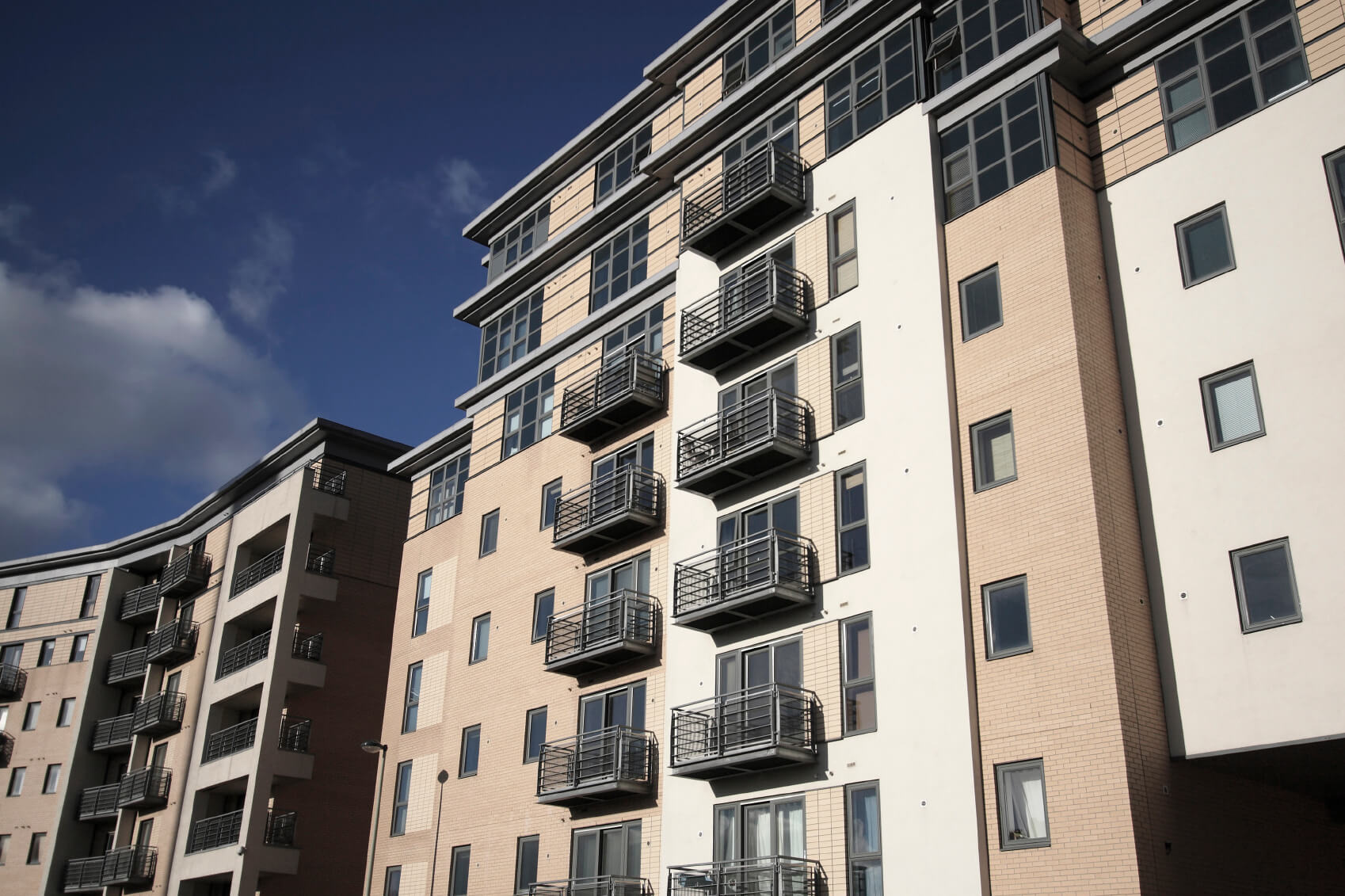There are many matters to consider in the Building Safety Bill, published on 20 July 2020.
One point of interest is that, when it comes into force (likely 2021, although possibly later depending on when the industry considers it will be able to implement the proposals), the legislation may kill off an industry pariah, the EWS1.
The reason for this is that Clause 62 of the Bill requires a new duty holder, the Accountable Person, to register a higher-risk building before it becomes occupied. As with many of the Accountable Person’s duties, breach may lead to criminal fines or imprisonment. We anticipate, therefore, that all Accountable Persons will register buildings in scope as soon as possible.
A higher risk building is one that contains two or more residential dwellings (or that are used for residential purposes such as care homes or student accommodation) over 6 stories or 18 meters.
There is a separate obligation (under clause 64, also carrying criminal sanctions) to register the higher risk building with the new Building Safety Regulator and to obtain a Building Assurance Certificate. That Building Assurance Certificate is separate to a Building Control Certificate, Structural Warranty Certificate, or any other existing certifications.
Once issued the Building Assurance Certificate will be required to be displayed in a conspicuous position within the building.
The certificate will only be issued if the Accountable Person has carried out an assessment of the building safety risks (initially potentially fire and structural failure) and is satisfied the building is “safe”.
That assessment is not fixed and there is a separate, ongoing, duty (under clause 72) to carry out risk assessments under the new proposals (and the new Fire Safety Act); however, once the Accountable Person has undertaken its initial risk assessment and taken all reasonable steps and actions to prevent major accidents and fires / completed its safety case report, it ought not require a new Building Assurance Certificate unless there is a significant change in the building. Fire risk assessments will be carried out on a regular basis but, again, they ought not to lead to a new certificate.
Our understanding is that the lending industry anticipate they will accept this new certificate in place of the EWS1.
As the new regime comes into force, existing occupied buildings will be transitioned into the new regime and therefore the EWS1 should be phased out (at least in respect of higher risk buildings) over the next few years.
That will be helpful for the construction industry, which has found the exponential expansion of the EWS1 has frustrated sales, re-mortgaging and, to a lesser extent, charging of new units / developments. The cause of this expansion in scope has been caused, to a large extent, by government hints that “higher risk” may be expanded to cover buildings over 11m or lower (and has already included those over 11m within the scope of new regulations about sprinklers etc.). Further, experience of defective buildings has led to caution about, for example, insulated render and attachments to buildings such as balconies.
Nonetheless, one of the main gripes with EWS1 is that lender’s criteria for requesting it is inconsistent, the form and content required is often dependent on the individual surveyor’s appetite for risk (or that of their professional indemnity insurers), and that it is often required for buildings seemingly well “outside of scope” (i.e. under 18m and without any significant risk factors).
We hope that the combination of the new certification, new regulator, and new construction requirements will resolve the above concerns. The industry should use this opportunity, whilst the bill is in consultation, to lobby for clear guidance as to how these new regulations will be applied to ensure, as far as possible, the same issues do not arise once this “significant and fundamental change” to building safety legislation is enacted.



